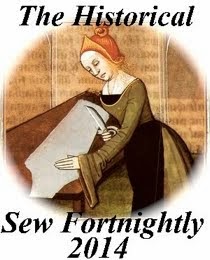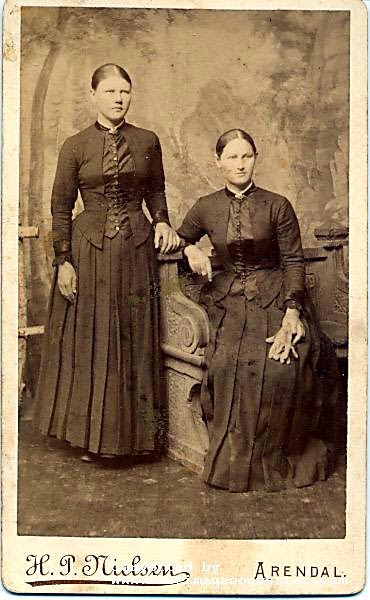Check your T.V. listings for tonight, everyone! PBS/KTEH has been re-broadcasting the _Cranford_ series every Wednesday at 8 p.m. for the past two weeks. I think the last installment is supposed to be tonight, so if you can, stay home to watch it, or record it for later.
If you love period costume and classic literature like I do, I am sure you'll like the BBC serial _Cranford Chronicles_, better known as _Cranford_, made from three of Elizabeth Gaskell's novels. Set in a small town in England in 1842, the story is a charming and personal look through a window into the past, at the effect of the Industrial Revolution on Englishmen and women of all classes, especially women. Some really funny scenes are included as well, such as Mrs. Forrester gushing about her favorite cow, whom she loves "almost as a daughter," who then gets out of her pasture in the middle of the night, wanders into a lime pit, gets all her hair burned off by the lime before she can be rescued, and has to wear a suit of grey flannel long-johns until her hair grows back, to the great amusement of everyone.
Starring a TON of fantastic BBC actresses and actors, both established and new, including Dame Judi Dench and Dame Eileen Atkins. The casting and acting have been so well done -- just perfect for the "feel" of the time period, even for those who haven't read the books (and I haven't, yet, but I will!). The costumes have also been so well done, not only historically accurate, but appropriate for the setting, the social class of each character, and the character of the town itself as described in the novel (independend-minded, genteel, but not fashion-forward). I currently have at least one of the dresses in mind for one of my own costume projects, and I will be looking for this series on DVD at the library very soon.
I encourage you all to check it out!
1905 Embellished Stockings
3 days ago




















